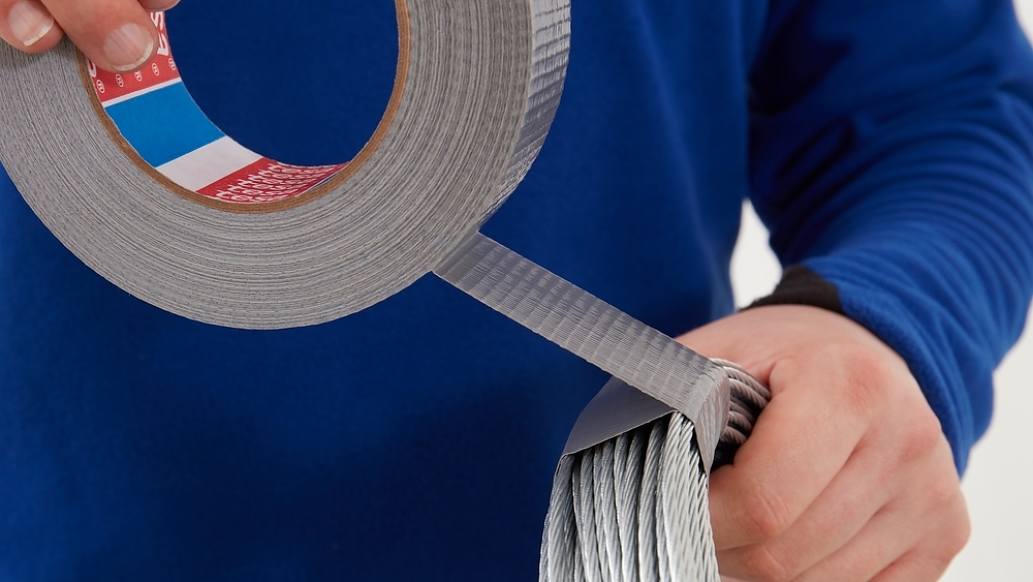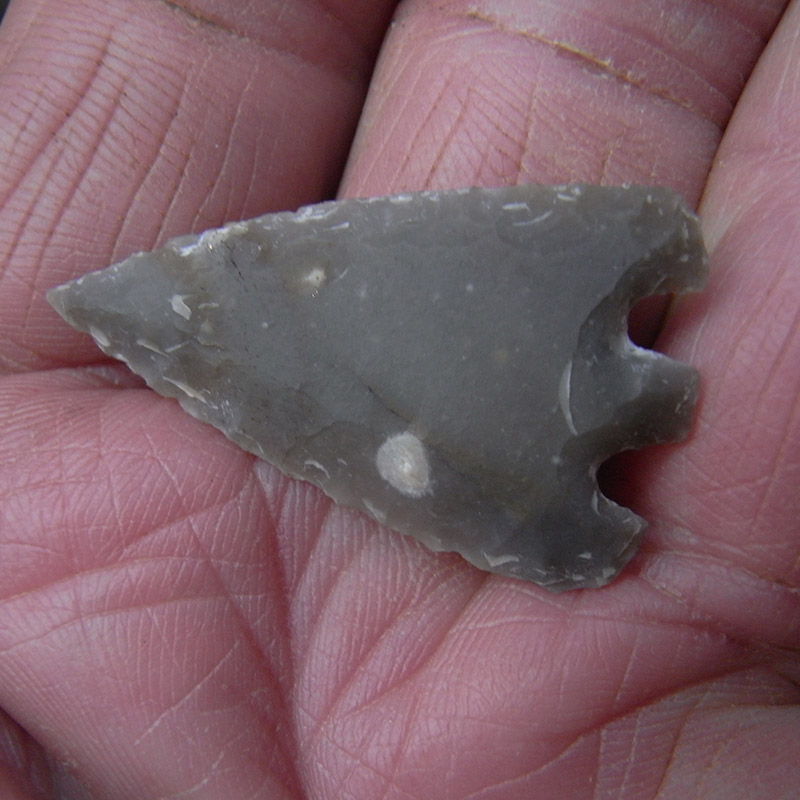
It is easy to feel overwhelmed as a prepper starting out. There are many things to consider and many variables. While your needs are different, you can still prepare adequately to survive a natural disaster. Water and sanitation are key to every prepared person. Having adequate food and water storage will help you survive a power outage. If you're not prepared for the possibility of having to go without these necessities, you'll want to take a course or two in electronics and first aid. The final thing you need is to be able to use weapons and shoot them.
Prepping for beginners won't require much more than for veterans. In addition to creating a checklist of essential items, you should also study the basics of survival and learn about essential needs. It is important to learn first aid and map reading skills. If necessary, you should be able to communicate with extended family members and family members. The ability to identify and respond to potential risks and threats is a key skill for beginning preppers.

Preparing for your move will depend on where you are located. You will need different things if you live in a big city compared to someone living in a rural area. For instance, if living in the desert, it is important to ensure your family has plenty of food and water. It will be more difficult to survive in the desert. Being a prepper is different from someone who lives in a city.
Water is the most important aspect when starting as a prepper. Water is vital to your survival. Without it, it's impossible to do much. Wildfires are something that beginners must be aware of. Wildfires are difficult to control and can move as they burn. Prepare for the worst by stocking non-perishable foods. It is best to keep more food than you actually need.
You should also have a priority purchase list. This list should only contain items that you absolutely require, not the "Beginner prepper inventory". There is no need for a fireplace or wood burning stove in southern Florida. However, you will need a sleeping bag for your entire family. If disaster strikes, a well-stocked pantry can help you survive. A well-stocked freezer will keep you warm and safe.

It is a great place to start if you are a prepper. A solid supply of water, food, and other necessities will help you survive in a crisis. When preparing, remember that 80% of what you need is not all that much. You might need to go to the grocery shop more often depending upon the situation. If you have water you can use the faucet to get it.
FAQ
What training is necessary to become a hunter How long does it take to complete?
A basic course is required to learn how hunt. This course teaches about different game species and provides information about hunting laws.
You will learn how to properly handle firearms and ammunition. These items will be safely used.
This course can take anywhere from two to three weeks. Some courses can also be done online. Others are held in person.
Passing a written test is necessary to obtain a license. You may also need evidence that you have taken a hunter-education course.
How much does it cost for me to become licensed? What if my budget is limited?
It varies from one state to the next. It costs anywhere from $20 up to more than $100.
You may be eligible for a loan, grant or other financial assistance if you don't have enough cash.
A tag must be purchased in addition to the hunting fee. The price of tags varies depending on the game you are hunting.
Tags are available for deer, elk, bear, moose, waterfowl, upland birds, and furbearers (such as foxes).
Some states require you register at the Department of Natural Resources before applying for a license.
Check the regulations in your area before you hunt.
What guns can you legally use?
There are many types of hunting weapons that you can use.
Hunting rifles, shotguns and handguns are the most common weapons used by hunters.
Rifles are designed to fire bullets from long distances. Shotguns are often loaded with pellets. Handguns can fire bullets through the hands. Muzzle-loading firearms are similar to modern-day pistols.
Crossbows can be used to shoot arrows. Archery weapons are also known as bowhunters.
Hunting with a crossbow requires special training. You must first learn how to properly aim and shoot the weapon.
Is it allowed to hunt bears in Alaska
Yes, it is legal to hunt bears in certain areas of Alaska. Some hunters use traps and snares to capture bears. Others use dogs or traps to track down bears.
The Alaska Board of Game regulates bear hunter. Before they can go into the woods, bear hunters must get a bear license.
Bear hunting is popular in some places like Denali National Park and Preserve. Tourists can even go on guided hunts to capture bears.
Statistics
- Indiana, for example, saw a 28% jump in turkey license sales during the first week of the season. (stacker.com)
- - Percent of residents with paid hunting licenses: 0.7%- (stacker.com)
- Licenses dropped from a peak of roughly 17 million in the 1980s to 15 million in 2019, according to The Seattle Times. (stacker.com)
- According to the Wildlife Restoration Act, passed in 1937, most of the state conservation efforts are funded through hunting and fishing license sales and firearms sales. (stacker.com)
External Links
How To
How to pick the best hunting spots in the forest
Knowing what kind of game you wish to hunt is the first step in hunting. There are many types of wildlife and birds that live within forests. If you don't know what kind of animal you want to hunt, there won't be any places where they can be caught.
There are two major types of forest animals: small and large mammals. Deer, elks, mooses, caribous, bears, wild boars, and wolves are all examples of large mammals. Squirrels, rabbits, squirrels and hares are some of the small animals. Each species has its unique habitat. This means that you need to pick the best spot before heading out into woods. You can check your local area's flora and fauna list online to see whether there are any endangered species living near your home. It is important to ensure that there are no poachers in the area you plan on hunting a specific species.
You will need to be able to set up your equipment properly if you are going to hunt a specific species. The success rate of hunting a particular species will be affected if you don't use the right equipment. A rifle that can fire accurately at close range is ideal for hunting rabbits. A rifle that can fire long distances will be necessary for hunting larger animals such as deer. You'll also need some bait to attract your prey. Some people recommend placing meat into a trap to lure animals, while others prefer peanut or corn butter. No matter which method you choose to use, be sure you adhere to all the laws of the country in which you hunt.
The weather, terrain, vegetation, wildlife, accessibility and accessibility are all important factors to consider when hunting. Safety is the most important aspect of hunting. You should ensure that there are no predators or dangerous animals in the area you choose. In addition, try to avoid areas where there are too many people, especially during hunting season. Also, it is important to keep track of the seasons while hunting. This will help you figure out the best times for you to hunt.
The weather is also important when you are choosing a hunting spot. This is crucial because it influences the number animals that will be available. The ground is covered in snow when the temperature drops to below zero Celsius. Coyotes, bears and wolves are more likely to hide beneath the snow, making it hard to track them down. However, if you're lucky enough to get a clear day, you might be able to spot these animals. On the other side, summer is when temperatures exceed 30 degrees Celsius and the sun warmths the earth. Animals seek shelter in the heat and move away from it to make it easier to locate.
The terrain should be considered as well. You can easily walk and run across the area on a flat surface. But uneven surfaces require more effort. Steep slopes are more difficult to climb. Rivers and streams can also cause muddy trails. So that you can navigate the area easily, try to find a spot without any obstacles.
You should look at the vegetation as well as the terrain. Depending on the environment, plants vary in size and density. Large trees provide shade for small animals while shrubs, bushes and bushes offer cover and shade. Dense vegetation will help you find large animals.
Also, it is important to consider the number of animals in your area. There are more than 100,000,000 deer in North America, according to statistics. They eat nearly half of all food produced by crops and are essential to maintaining biodiversity. However, if the population grows too big, they could become pests and damage the ecosystem. Therefore, it is vital to keep the population balanced.